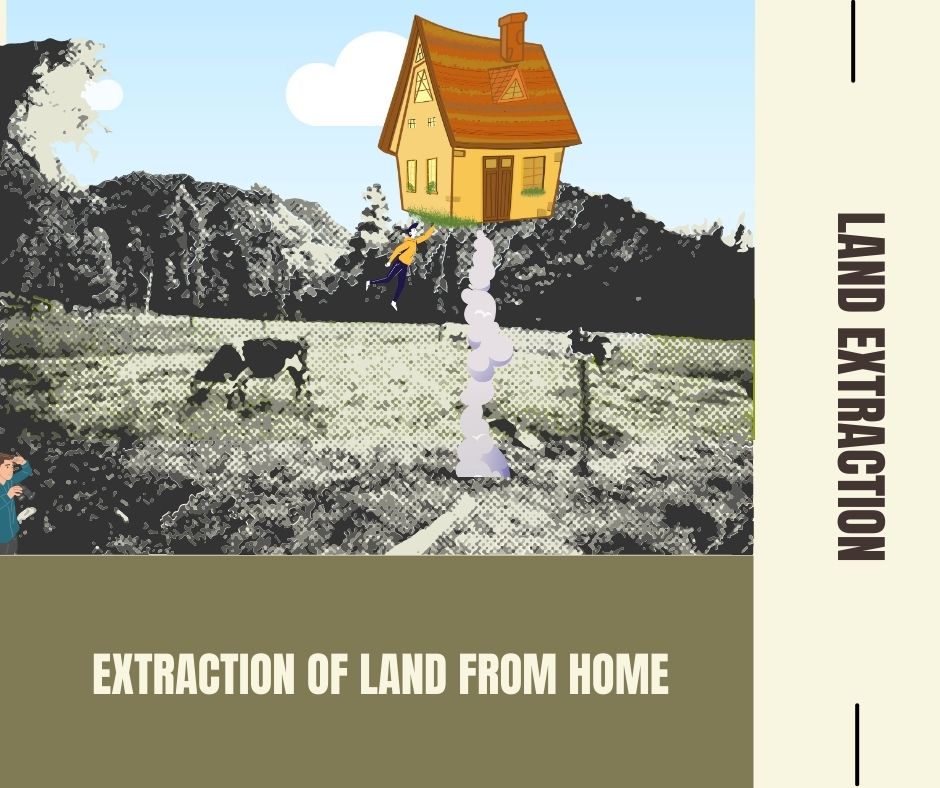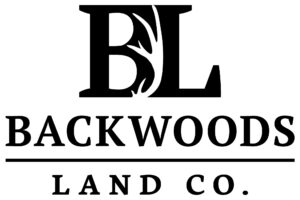
Amidst the sizzling heat of a summery day in the quaint and charming town of Millville, Jake, a real estate appraiser, was tasked with the responsibility of evaluating and determining the value of two distinct properties that were scheduled to be put up for sale. The first of the two properties, 130 Crazy Horse Drive, spanned over a massive area of 20 acres, made up of a combination of flourishing, lush woodland, and verdant, green pasture. The property boasted an extensive and spacious farmhouse along with several auxiliary structures. The second property, 975 Don’t Go Down This Street, was a 15-acre property with similar characteristics and features.
Using the Sales Comparison Method to Evaluate the Properties
To start his evaluation, Jake used the Sales Comparison Method first, and it commences with the appraiser identifying properties that have been recently sold in the same market and are similar to the property being appraised. He first took the step of determining the property’s specific nature and purpose of the appraisal. Moving forward, the appraiser proceeded to define the scope of the appraisal, which entailed identifying the market area and the date of value for the appraisal. After that, he collected data on comparable sales and thoroughly analyzed and scrutinized the most relevant sales, based on various factors, such as location, physical attributes, and the date of sale. The appraiser then made adjustments to account for differences between the subject property and the comparable properties, such as size, condition, and amenities. By analyzing the adjusted sale prices, the appraiser could estimate the market value of the subject property. Finally, the appraiser reviewed the analysis and conclusions to ensure that they were based on sound data and were reasonably accurate.
The Land Extraction Method: An Alternative Approach
However, in the absence of recent comparable land sales in the immediate market area, Jake could not find enough land sales within the past several years to arrive at a supportable land value. Therefore, he resorted to using the Land Extraction Method to determine the land value. This method involves separating the land’s value from the value of any improvements on the land, such as buildings, and then arriving at a final estimate of the value of the land itself. By utilizing this method, the appraiser could evaluate the land component’s value of the subject property, even in the absence of recent comparable land sales.
Calculating the Value of Improvements
To proceed further, Jake calculated the value of the improvements on each property. After calculating the Replacement Cost New, which was estimated to be $300,000 for 130 Crazy Horse Drive and $275,000 for 975 Don’t Go Down This Street, he determined the Depreciated Value of Improvements by subtracting the estimated depreciation value of $125,000 for 130 Crazy Horse Drive and $130,000 for 975 Don’t Go Down This Street from the Replacement Cost New. Using the Depreciated Value of Improvements, Jake calculated the Site Value for each property, which amounted to $275,000 for 130 Crazy Horse Drive and $180,000 for 975 Don’t Go Down This Street.
Finally, to arrive at a final estimate of the value of each property, Jake calculated the Site Value per Acre for both the properties, which amounted to $13,750 for 130 Crazy Horse Drive and $12,000 for 975 Don’t Go Down This Street. To ensure a reasonable and accurate appraisal, Jake made the requisite adjustments based on various factors such as location, zoning, and accessibility. However, he was unaware of the numerous other crucial factors that he had to take into consideration before finalizing his appraisal, which could have potentially altered the final evaluation of each property.
Additional Methods
A few additional methods that appraisers use to determine land value in a property with improvements include the Land Residual Method and the Development Method. The Land Residual Method involves subtracting the value of the improvements from the total property value to determine the land value, which is useful when there are no recent land sales to compare. The Development Method estimates the potential profit that could be earned by a developer from developing the land, considering factors like zoning regulations and potential revenue. By utilizing these methods in conjunction with others, appraisers can obtain an accurate evaluation of the subject property’s land value, especially in rural areas where comparable land sales may be scarce. Another method that appraisers may use is the land-to-building ratio method, which involves comparing the land value to the building value of similar properties and applying that ratio to the subject property. The land-to-building ratio method, also known as the Allocation Method, is another technique used by appraisers to find the land value in a property with improvements. This method involves comparing the ratio of land value to building value for similar properties in the market area, and then applying that ratio to the subject property to estimate the land value. By using this method, appraisers can arrive at a reliable land value estimate even in the absence of recent land sales or in cases where other methods are not applicable.
It’s worth noting that when using any of these methods to determine land value in a property with improvements, appraisers must consider various factors that may affect the land’s value. These factors may include soil quality, topography, frontage, and other characteristics that may affect the property’s potential use and market demand. By taking these factors into account and employing multiple techniques, appraisers can ensure a comprehensive evaluation that accurately reflects the value of the subject property.
Conclusion
Overall, determining the value of land with improvements can be a complex process, particularly in rural areas where there are no recent comparable land sales. However, with the right expertise and tools, appraisers can arrive at a reasonable and accurate appraisal of the land value. By employing the Land Residual Method, the Development Method, the Allocation Method, and other techniques, appraisers can ensure that the appraisal considers various factors that may impact the land value.

